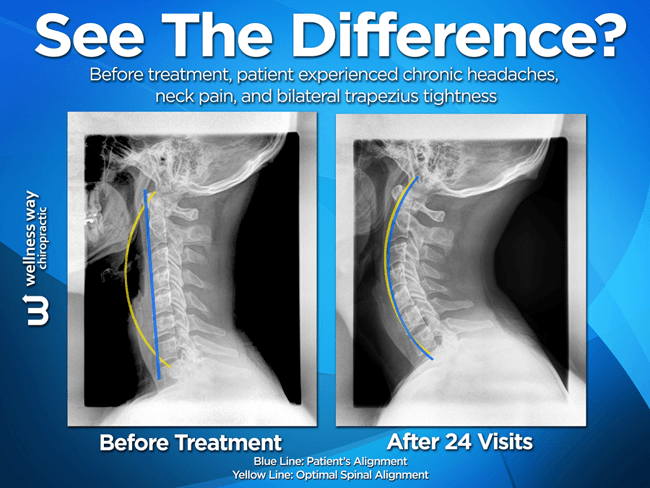Disk Xray
Imaging of the Lumbar Spine after Instrumentation. Postoperative imaging is typically performed (a) to assess the progress of osseous fusion, (b) to confirm the correct positioning and the integrity of instrumentation, (c) to detect suspected complications (eg, infection or hematoma), and (d) to detect new disease or disease progression. A Disc X-Ray may help diagnose (find): An X-ray of the disc is performed to help diagnose the cause of back pain. X-rays of the disc are used to guide the treatment of abnormal discs. Disc X-rays can be performed prior to surgery to help identify discs that need to be treated or removed. X-rays are probably the most common diagnostic imaging technique. An x-ray uses radiation to produce images of dense objects inside the body. X-rays allow doctors to see the bones and vertebrae in your spine, which allows them to look for disc degeneration, fractures and abnormal curvature of the spine. Even if the doctor suspects that. Disk Imaging is not immediate, the image created by the imaging software needs to be restored (opened and installed) to a drive before it can be used to boot to the system. Disk Cloning requires a good, working system – not much point in cloning a broken system, and not much use with a failed hard drive.
Patient Education - Lung Cancer Program at UCLA
Educating yourself about lung cancer:
Tests and studies: Spine x-ray
Thoracic spine x-ray
Definition
A thoracic spine x-ray is an x-ray of the 12 chest (thoracic) vertebrae. The vertebrae are separated by flat pads of cartilage that cushion them.
Alternative Names

Disk Xray
Vertebral radiography; X-ray - spine; Thoracic x-ray; Spine x-ray; Thoracic spine films; Back films
Xraydisk Ssd Review
How the Test is Performed
The test is performed in a hospital radiology department or in the health care provider’s office by an x-ray technician. You will lie on the x-ray table and assume various positions. If the x-ray is to determine an injury, care will be taken to prevent further injury.
The x-ray machine will be positioned over the thoracic area of the spine. You will hold your breath as the picture is taken, so that the picture will not be blurry. Usually 2 or 3 views are needed.
Disc X Ray
How to Prepare for the Test
Inform the health care provider if you are pregnant. Remove all jewelry.
How the Test Will Feel
Th test causes no discomfort. The table may be cold.
Why the Test is Performed
The x-ray helps evaluate bone injuries, disease of the bone, tumors of the bone, or cartilage loss.
What Abnormal Results Mean
The abnormalities the test will pick up include fractures, dislocations, thinning of the bone (osteoporosis), and deformities in the curvature of the spine. The test may also detect bone spurs, disk narrowing, and degeneration of the vertebrae.
Risks

There is low radiation exposure. X-rays are monitored and regulated to provide the minimum amount of radiation exposure needed to produce the image. Most experts feel that the risk is low compared with the benefits. Pregnant women and children are more sensitive to the risks of the x-ray.
Considerations
The x-ray will not detect problems in the muscles, nerves, and other soft tissues, because they can't be seen well on an x-ray.
